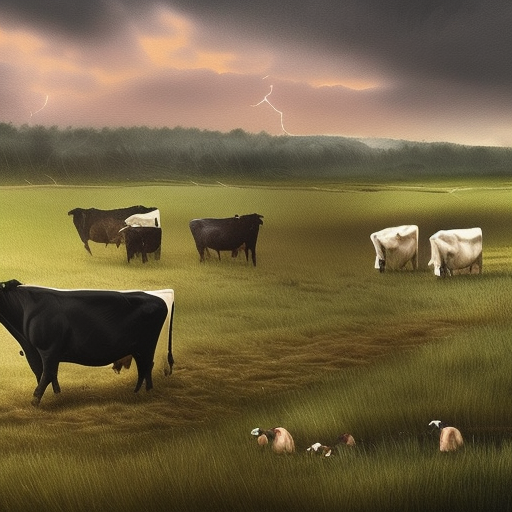
Precision fermentation is a relatively new food technology that is rapidly entering the mainstream. Products such as milk protein, animal fats, collagen, honey, lobster, egg whites and more are receiving hundreds of millions of investor dollars. They are being rapidly commercialized for the mass market without the raising and killing of animals. These products are being marketed to a young consumer base that wants sustainable, climate-friendly foods that buck the system and promise a better tomorrow.
In a report produced by RethinkX, they claim that demand for cow products will fall to 70% by 2023 due to this technology. The full report can be read here:
In this report, RethinkX claim:
We are on the cusp of the deepest, fastest, most consequential disruption in food and agricultural production since the first domestication of plants and animals ten thousand years ago.
This is primarily a protein disruption driven by economics. The cost of proteins will be five times cheaper by 2030 and 10 times cheaper by 2035 than existing animal proteins, before ultimately approaching the cost of sugar
Based on the research they have done, do we feel that by 2023, demand for cow products have fallen by 70%?
CHANGELOG
Demand for cow products will be measured for the US only, not worldwide.
People are also trading
It's also important to separate Precision Fermentation goods that are produced using minimal amounts of seed, say, cow material from actual cow material.
IE producing 100gallons of milk with ten cows vs producing the same amount of equivalent protein from a single cell. Although they both may involve cows at some point, I think switching to the latter situation should count as a big change
@AdriaGarrigaAlonso the report says:
By 2030, demand for cow products will have fallen by 70%
@MartinRandall Correct. Page 33 of the report mentions the reductions they expect from each use of the cow. This includes meat but also dairy and leather.
@ElliotDavies It's hard to tell from the report.
By 2030, demand for cow products will have fallen by 70%. Before we reach this point, the U.S. cattle industry will be effectively bankrupt. By 2035, demand for cow products will have shrunk by 80% to 90%
The second sentence is US centric but the previous and following are ambiguous. I'm going to make a call here and say that it's US ONLY.
2030 is obviously quite a way off but I'm open to different methods of measuring this. My naïve approach would be to use "Our World In Data" - https://ourworldindata.org/meat-production#global-meat-production